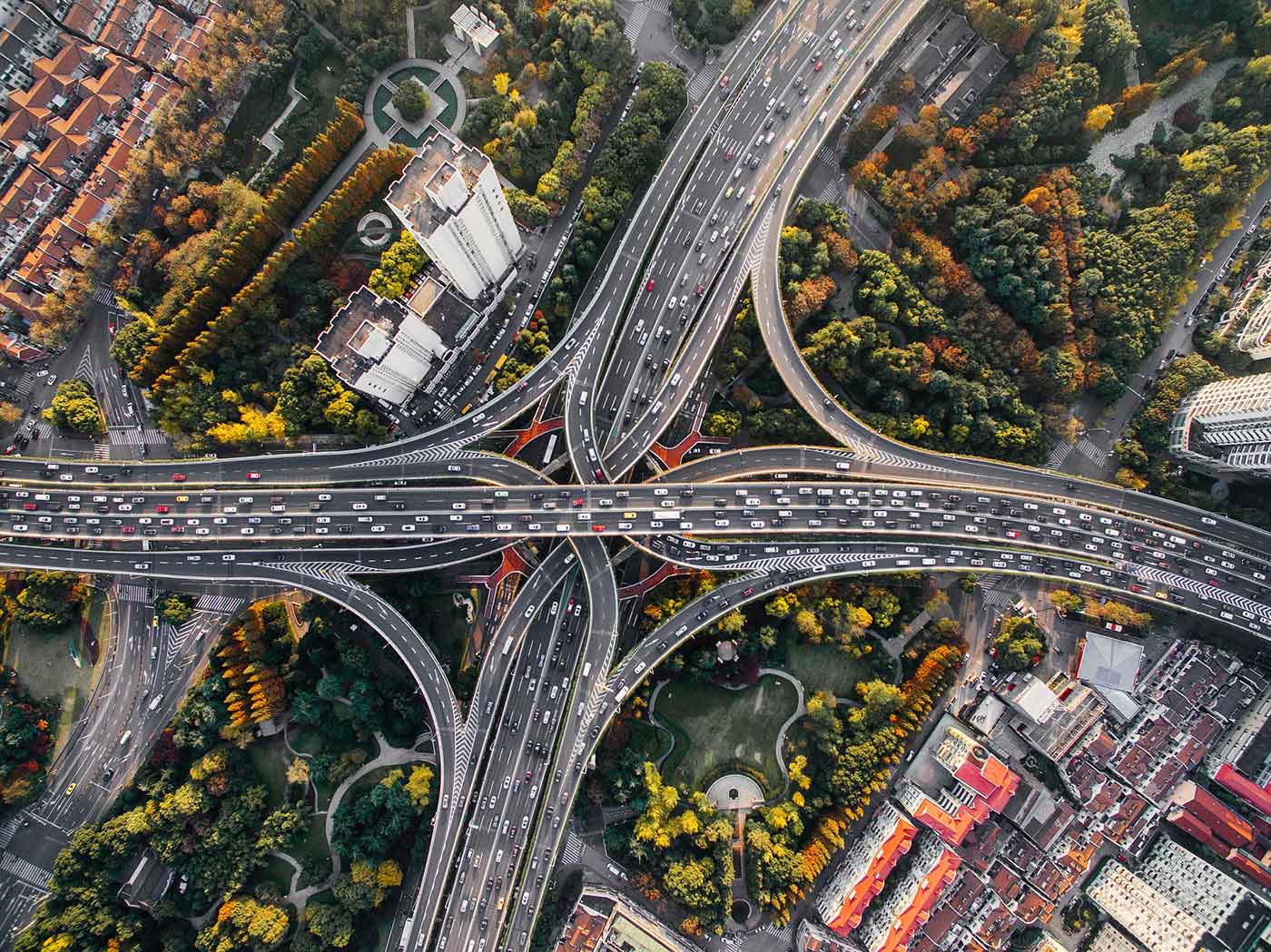How does Google’s driverless car work?
Learn how deep learning has accelerated the realization of driverless vehicles and what that means for the future.
 Traffic (source: Pexels via Pixabay)
Traffic (source: Pexels via Pixabay)
The rapidly approaching reality of driverless vehicles has the potential to revolutionize the way we move people and goods from place to place. Entire industries face disruption, while others, like space exploration, are just getting started. In this video, Matt Coatney discusses the limitations of previous AI technologies and explains how modern deep learning has advanced intelligently automated systems. Whether you are an executive, manager, or an entrepreneur, this video will help you imagine further applications of deep learning in other industries ranging from factory automation to toys.
Sign up for Safari now and get 10 days of free access to The Business of Deep Learning and more.
Matt Coatney is a technology executive, business advisor, entrepreneur, author, and speaker. His focus is on bringing advanced artificial intelligence and analytic technologies to market. He has co-founded three companies, advised several others, and contributed to the early success of two different tech startups. Matt has also launched data analytics products designed for the fields of life sciences, healthcare, government, finance, and law. Currently Matt is the VP of Services for Exaptive; he previously was the IT strategy lead for global law firm WilmerHale, and was in charge of technology and operations for a legal search product at LexisNexis. Matt writes and speaks frequently on business and advanced technology topics, and his work has appeared at TEDx and other international conferences, as well as in webinars, books and technical journals.
